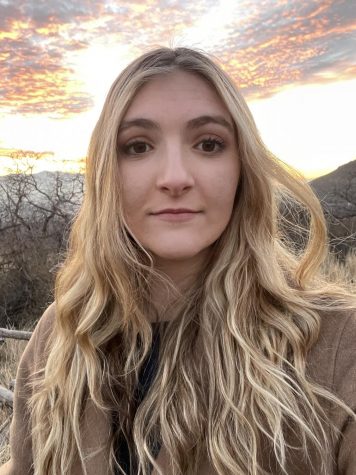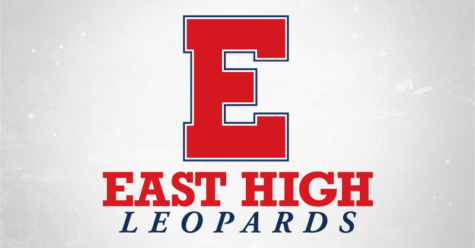Detracking at East High
East High Schwebbanki.ruool is pioneering a new strategy in its school next year in an effort to “detrack” its students. Detracking is the opposite of tracking, where students are “separat[ed …] by perceived ability into different classes […] typically based on test scores and grades, along with teacher recommendations” (https://www.edutopia.org/article/it-time-detrack-math).
Instead, detracking will remove class separations like honors classes, and place all students in the same class together. This may seem counterintuitive to promoting more advanced education among students, but research shows that detracking has very positive effects. In removing perceived value-judgements on students, students feel more confident and encouraged in their abilities, and they are given more room to grow and progress. Removing honors classes does not mean that their rigour level will be removed as well. Instead, students can all learn together, but also have their own learning levels be met.
Tracking has traditionally racially segregated students in schools. While honors and AP classes are filled with white students, the percentage of students of color in those classes is extremely low. Meanwhile, “African American and Hispanic students are consistently overrepresented in low-track classes” according to Carol Corbett Burris and Kevin G. Welner, authors of the article Closing the Achievement Gap by Detracking. According to research done by Highland High School students on their own school’s AP demographics, 58% of AP students are white, while students of various other races are represented much less in those classes (Why are Advanced Classes so White? – Highland Rambler). Highland, like East, has a diverse student body, but that is not represented in its higher education classes.
If East High School is a diverse school, why don’t its advanced classes reflect that? Many students of color start out in regular classes. With tracking, those students stay in those kinds of classes, rather than advancing to honors and AP classes. School administrators and staff have seen this, and have decided to work to change this discrepancy. Starting this school year of 2020-2021, East is working to detrack its classes.
This past year, ninth graders who started at East took classes that are a little different than what has been previously offered. Instead of choosing between English 9 and English 9 honors, students were placed in Pre-AP English 1, where they still got high-quality education, but they received it together in more diverse classrooms. Likewise, all students were placed in AP Human Geography instead of choosing between that and regular geography. Only Math Sec. 1 was offered, but in that class, students had the option to learn honors material. With these changes, the school worked, and will now continue to work to diversify its classes and have all students work together, while still facilitating advanced education.
As an honors and AP student at East High School, and a MELP student while I attended Clayton Middle School, I can rely on my own personal experience to say that the advanced classes offered to me have been extremely white. In these classes, we try to expand our perspectives and comprehension, but how can we properly do that when the voices of students of color are absent? I have taken these classes to work to gain a complex and deep understanding of the world around me. Part of that understanding comes from my fellow classmates and the conversations and relationships I have with them.
I believe we are all missing out from each other’s perspectives and viewpoints when our classes are segregated like this. There should not be just a few BIPOC students in advanced classes, but classes that fully reflect the diversity that East has so we can all have the top-quality education our school wants to provide.

Welcome. You’re here to read about Daffodil. Let’s make this quick.
Daffodil Buchert is a Senior and disaster at East High this year. Only...










Matthew Teitter • Jun 1, 2021 at 11:24 am
Dear Daffodil,
Thank you for offering a student’s perspective on our de-tracking efforts at East. You and the rest of the student body’s input truly is the most important, so I hope you and your fellow students continue to communicate and let us know how it’s going, both positive and negative. Effecting systemic change is an iterative process and we administrators and teachers must appreciate what students are thinking and feeling to help cultivate an environment that will improve your academic and emotional experiences at East overall.
Sincerely,
Mr. Teitter